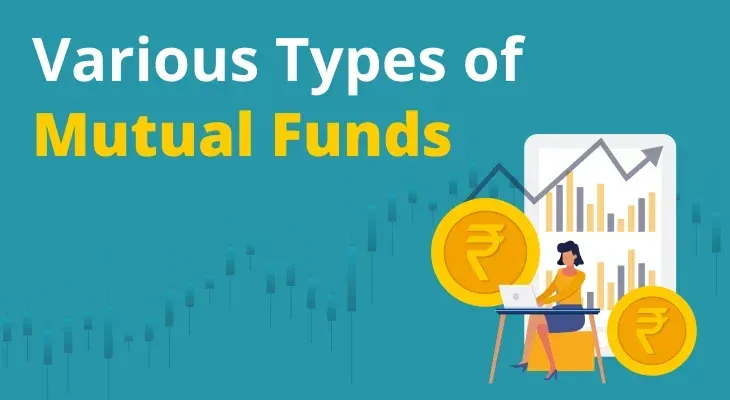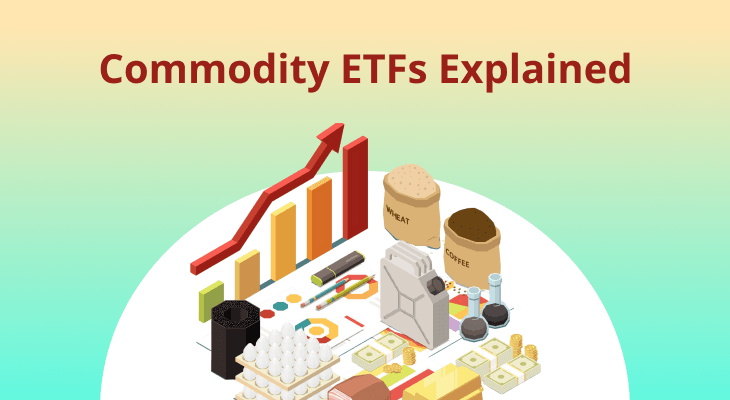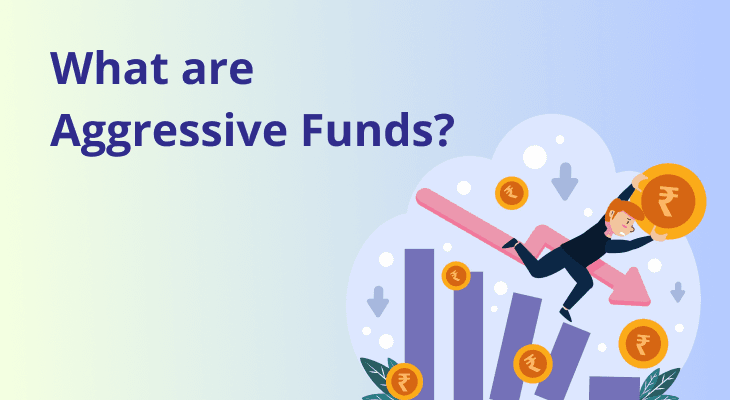
Types Of Mutual Funds in India
The Indian mutual fund industry has grown leaps and bounds since 1963 when the first mutual fund, Unit Trust of India, was launched. In the last six decades, the industry has come a long way, in terms of both Assets Under Management (AUM) and types of mutual funds on offer. The total AUM of the mutual fund industry stands at Rs. 38.42 trillion as of 30th September 2022. While most of this AUM is concentrated in equity mutual funds, debt, hybrid, and solution-oriented funds have also witnessed spectacular growth.
At the onset, the diverse range of mutual funds might seem confusing and daunting to investors. But understanding the major types of mutual funds and their subsets can help investors create a truly diversified portfolio, adept at handling market volatilities. The broad umbrella of mutual funds can be divided into five categories based on:
Structure
Asset Class
Investment Objective
Risk
Specialty
Types of mutual funds based on structure
Open-Ended Funds
– Most mutual fund schemes are open-ended in nature. This means their units can be bought and sold freely any time of the year. These funds are ideal for investors looking for high liquidity as they are devoid of lock-in periods.
Close-Ended Funds
- Units of close-ended funds can only be purchased during the new fund offer (NFO) period. These funds have a predetermined maturity date, post which the units can be redeemed. In the interim, close-ended funds are available for trading on stock exchanges, though the liquidity is limited.
Interval Funds
- These funds combine the benefits of both open-ended and closed-ended funds as they have predetermined open and close periods.
Types of mutual funds based on asset class
Equity Funds
- These funds invest in equities (common and preference) of companies listed on the stock exchange. Equity funds are further divided into large cap or blue-chip funds, mid cap funds, and small cap funds. Blue-chip funds invest in top companies (often market leaders) and have the financial strength to endure economic downturns, making them ideal for low-risk investors. Mid and small cap funds invest in upcoming and start-up type of companies, making them extremely risky, yet lucrative in the long run.
Debt Funds<
- These funds invest in fixed income assets, which helps them generate stable returns whilst maintaining low to medium risk. Debt funds have various distinct subsets like short-term, ultra-short term, dynamic bond funds, etc.
Hybrid Funds
- These funds invest in both equity and debt instruments. The equity portion helps them generate inflation-beating returns while the debt investments help them earn stable returns. This creates a balance between risk and reward, making hybrid funds apt for beginners. Hybrid funds are further divided into six types, each with a distinct equity-debt allocation. For instance, aggressive hybrid funds can invest up to 80% in equities, whereas conservative hybrid funds can go as little as 40% in equities.
Solution-Oriented Funds
- These funds are like mini financial plans, helping investors achieve specific goals like child education, retirement planning etc.
Types of mutual funds based on investment objective
Income Funds
- These funds invest money in fixed-income securities like bonds and debentures with the goal of protecting investors' capital and generating steady income.
Growth Funds
- These funds invest money in equities with the intention of generating capital growth. They are regarded as risky funds that are best suited for individuals with a long investment horizon.
Tax Saving Funds
- These funds primarily invest in stocks with an added advantage of helping you claim deduction of up to Rs 1.5 Lakhs under section 80C of the Income Tax Act, 1961.
Fixed Maturity Funds
- These funds invest in debt and money market securities in such a way that scheme maturity coincides with the maturity of underlying debt instruments.
Capital Protection Funds
- These funds divide their assets between investments in equities markets and fixed income products. This is done to make sure that the invested principal is safeguarded.
Pension Funds
– A subset of solution-oriented funds, these are designed to offer consistent returns and aid in retirement planning. The equity-debt allocation usually changes as the investor’s age progresses.
Types of mutual funds based on specialty
Index Funds
- To replicate the movement and returns of the index, these funds invest in the same stocks (and same composition) as the benchmark index. They typically have a low expense ratio and are ideal for investors looking for passive management.
Sector Funds
- These are funds that invest in a certain market segment or sector such as infrastructure, digital, healthcare etc. Sectoral funds are extremely risky in nature and ideal for aggressive investors with long-term investment horizons.
Emerging Market Funds
- These funds invest in emerging markets with a promising future. Due to the dynamic political and economic conditions associated with emerging markets; these funds carry high risk.
Fund Of Funds
– These are funds which invest the pooled corpus in other mutual funds. While you get the benefit of multiple schemes in one place, you also end up paying multiple expense ratios. Fund of funds are also known as multi manager funds.
Global Funds
- These funds allow for investments in businesses located anywhere in the world, except the home country (in this case, India).
International Funds
– These funds invest in businesses around the globe, including in the home country.
Commodity-Focused Stock Funds
- These funds do not make immediate investments in commodities. They make investments in businesses involved in the commodities market, such as producers of commodities or mining firms etc.
Gilt Funds
- Gilt funds are mutual funds that have long-term investments in government securities like 10-year g-secs etc. They do not carry default risk and are ideal for low-risk investors.
Asset Allocation Funds
- The target date fund and the target allocation funds are the two variations of the asset allocation fund. The portfolio managers of these funds can change the allocated assets to get the desired results.
Exchange Traded Funds
- These mutual funds are traded on stock exchanges and are a combination of open-ended and closed-ended mutual funds.
Types of mutual funds based on risk
Low Risk
– These funds have low exposure to equities, enabling them to generate stable, consistent returns. Debt, money market, blue-chip, and conservative hybrid funds etc. fall under the low risk category.
Medium Risk
- These funds carry medium risk and are ideal for investors with a 5+ year investment horizon. Hybrid, value, medium duration debt funds etc. constitute medium-risk funds.
High Risk
- These mutual funds are ideal for investors willing to accept higher financial risks in lieu of superior returns. Contrarian, midcap, small cap, microcap funds etc. are examples of high-risk funds.
How to choose the right mutual fund
Choosing a mutual fund that meets your unique investment goals can be challenging given the wide variety of mutual funds in the market. So, the simplest way to choose the right mutual fund is to introspect your wants and goals. Once done, you need to finalise your investment period and assess your risk appetite. This will help you decide which mutual fund is best suited to your financial goals.
But the work is not complete yet. Once you have shortlisted on the fund to invest in, you must invest in the direct plan of the fund. Direct plans eliminate intermediaries like distributors or brokers and help you save up to 1% on expense ratio. This 1% savings can lead to humongous wealth creation in the long run. While beneficial, direct plans are not popular among retail investors as there is a dearth of platforms offering access to both all 5,000+ mutual fund schemes and direct plans. This is where opening a m.Stock account can help you immensely. With m.Stock, you get access to all 5,000+ mutual funds on a single platform and the opportunity to invest in direct plans. This helps you save up to 1% in expense ratios and create humongous wealth. So, invest in India’s top mutual fund schemes with m.Stock today.
SIPs let you invest small amounts regularly, making it easier to stay consistent with your goals. With time, your money grows faster through compounding, helping you get the most out of your investments. Try our SIP Calculator to see how your money can grow and make smarter plans for your future.


